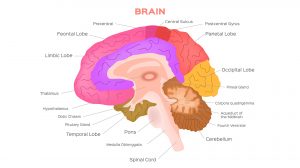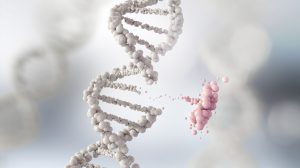Definition
noun, plural: non-sister chromatids
Either of the two chromatids of any of the paired (homologous) chromosomes
Supplement
The chromosomes in the nucleus of a cell appear as threadlike strands prior to cell division. In preparation to cell division, such as meiosis, the DNA molecule contained in each chromosome duplicates (by DNA replication). Following DNA replication, each chromosome would have two copies of DNA. During the first meiotic division (i.e. Meiosis I), the chromosomes condense. Each of these condensed chromosomes would have two strands joined by a kinetochore. During metaphase, they align at the equatorial region. At this stage, each strand of the condensed chromosome will be referred to as chromatid. The chromatids may either be sister chromatids or non-sister chromatids. A non-sister chromatid refers to either one of the two chromatids of paired homologous chromosomes. During prophase I of meiosis I, the non-sister chromatids of (homologous chromosomes) form chiasma(ta) to exchange genetic material. Thus, when they separate and move towards the opposite poles at anaphase I, the two sets of chromosomes at opposite poles would already be genetically non-identical.
Compare:
See also:







